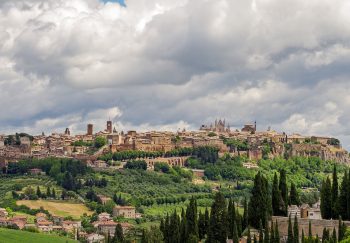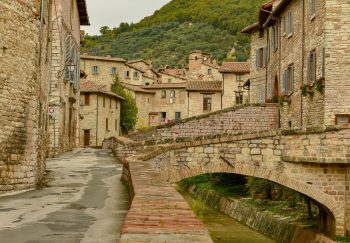The Villa del Casale’s remarkable features, starting with the initial excavations in 1800 and continuing through the final restorations, were “the magnificent remains of magnificent mosaics” and “the polychrome floors of its splendid villa of late Imperial Age”. (G.V. Gentili).
Its impressive mosaic complex was the reason for including the villa in the Unesco World Heritage Sites list. This makes it one of the most significant examples of the “Villa”, an architectural style that combines high-quality residential characteristics with functional elements for agricultural activities.
The Villa is an important monument of historical and artistic importance from the late Roman Empire. Due to the complex architectural layout and rich decoration, it has the special characteristics of representation and residence, which are typical of large Roman villas constructed in different parts of the empire.
The most stunning villas from late Roman Sicily, like Patti of the Tellaro or Piazza Armerina were built on top of existing rural villas. They have intricate and articulated planimetric layouts and thermal baths.
The Villa’s artistic patrimony has been lost over the centuries, but remarkable preservation of floor mosaics was possible despite a massive flood that occurred in the vicinity of 1000 AD. The richness of the polychromy and realistic observation, as well as the energy and variety of subjects, is still astonishing.
It is amazing, however, to consider that all this was possible because of the skills and abilities of specialized artistic workers, who would create new scenes and representations according to the needs of the client.
Villa del Casale was transformed by the presence of skilled African mosaic artists connected to the cities Carthage and Hippo, making it one of the most significant testimonies about all African mosaic art. It also shows the Roman culture’s ability to communicate the power of its state, military, and economic organisations, as well as the shared values and forms throughout the Mediterranean.

